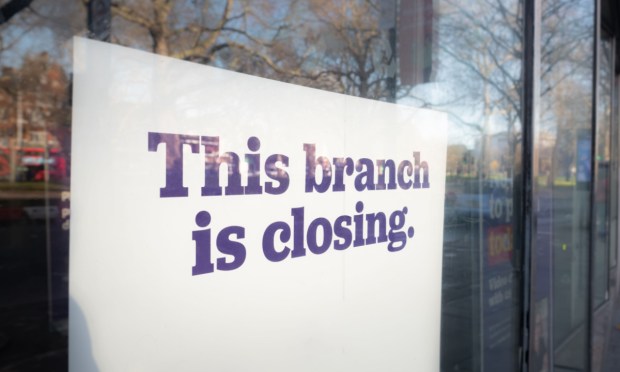
While brick-and-mortar bank branches have been closing for years, those located within supermarkets are reportedly shutting at a rate that is seven times higher than that of other branches.
American banks closed 10.7% of their in-store branches in the year ended June 30, compared to a closure rate of only 1.4% for other branches during the same period, CNBC reported Friday (Oct. 27), citing data from the Federal Deposit Insurance Corp. (FDIC).
Regional banks have shut down the most in-store locations, often found within the locations of supermarket chains, according to the report.
The closure of in-store bank branches can be attributed to several factors. Firstly, the banking industry has been gradually reducing its branch networks for years, focusing on cutting less-profitable branches that generate lower customer traffic and fewer loans, the report said.
The pandemic has accelerated this process, as customers increasingly embrace the convenience and accessibility of mobile and online banking services, per the report. Nathan Stovall, head of financial institutions research at S&P Global Market Intelligence, told CNBC that “in-store branches have fallen out of favor at many banks.”
In the past, banks established branches within supermarkets due to their lower setup costs compared to regular locations, according to the report. However, the industry now sees branches as more than just places to withdraw money. They are viewed as opportunities to engage customers with wealth management accounts, credit cards and loans. Full-size branches are better suited to offer these services.
The closure of supermarket bank branches reflects the ongoing transformation of the banking industry, the report said. While the pace of closures has slowed since the peak in 2021, it remains elevated compared to pre-pandemic levels.
Banks are also adjusting to higher funding costs as customers move their balances into higher yielding options like money market funds, per the report. Deposits from in-store branches registered a 15% decline, while deposits at other branches fell by 4.7% in the year ending June 30, according to the FDIC.
The branch experience itself is changing and being reinvented in an omnichannel effort to meet customers where they want to be met, PYMNTS reported Oct. 17. While a cross-section of banking clients prefer using digital channels, some favor a hybrid approach that includes at least some in-branch interactions.